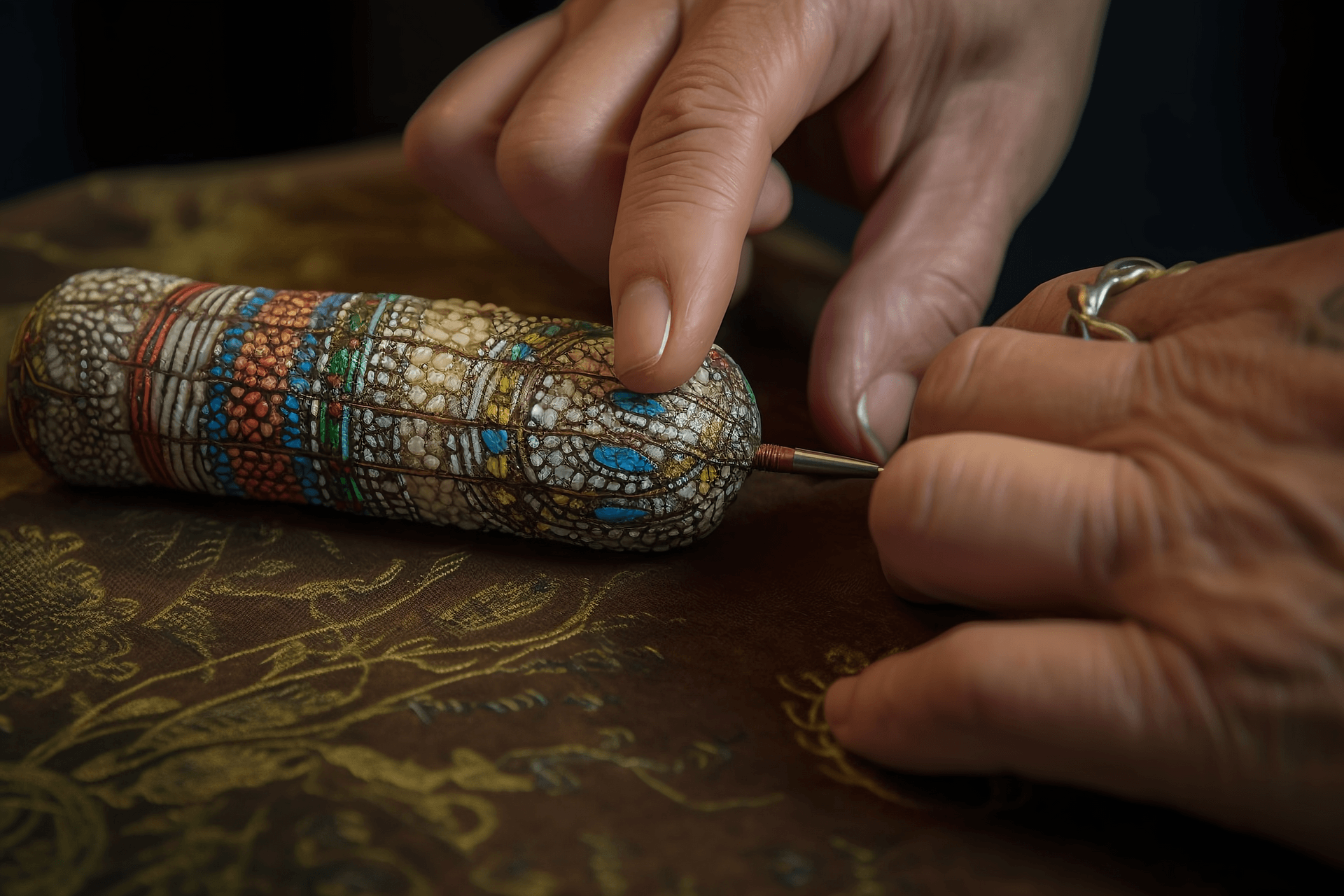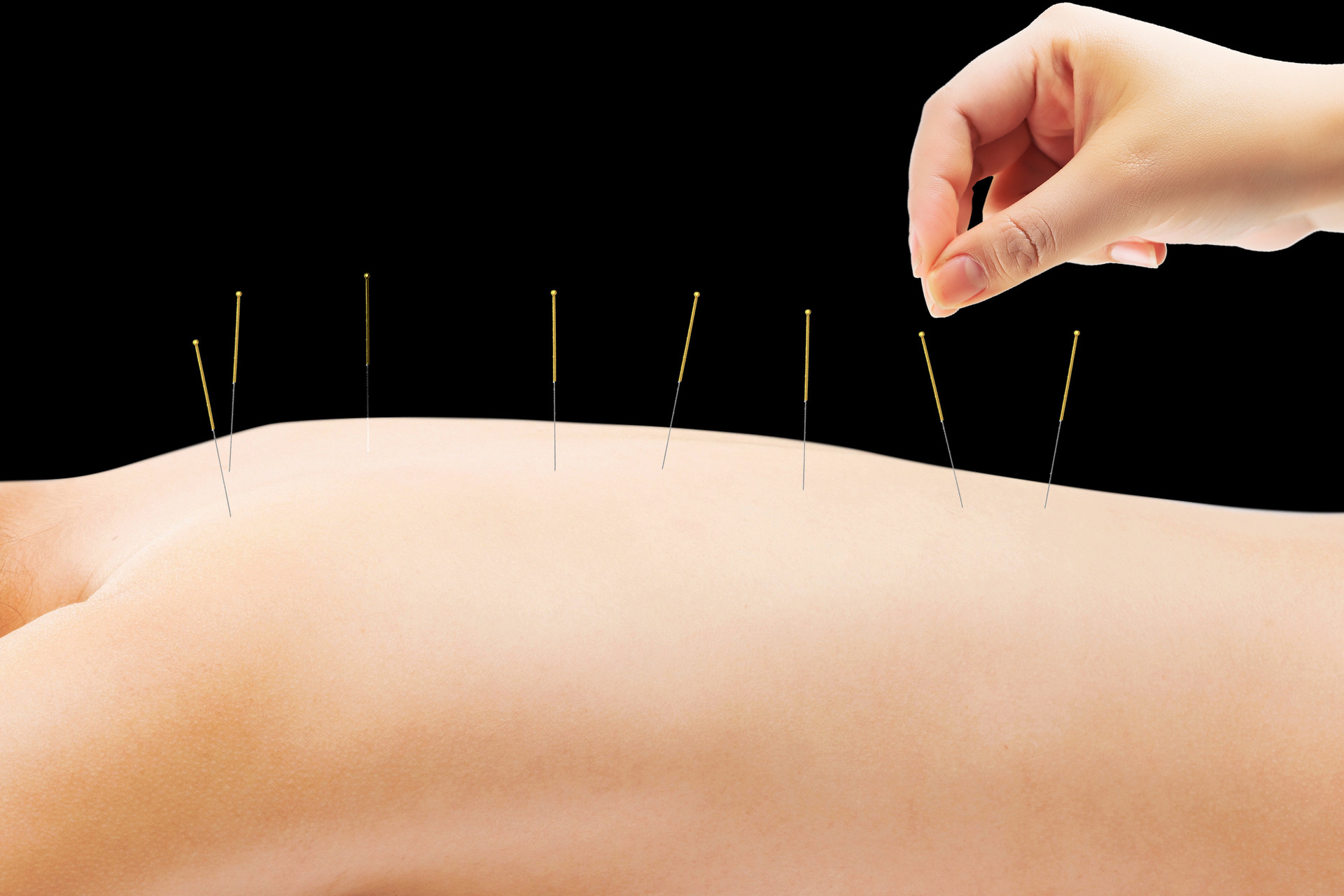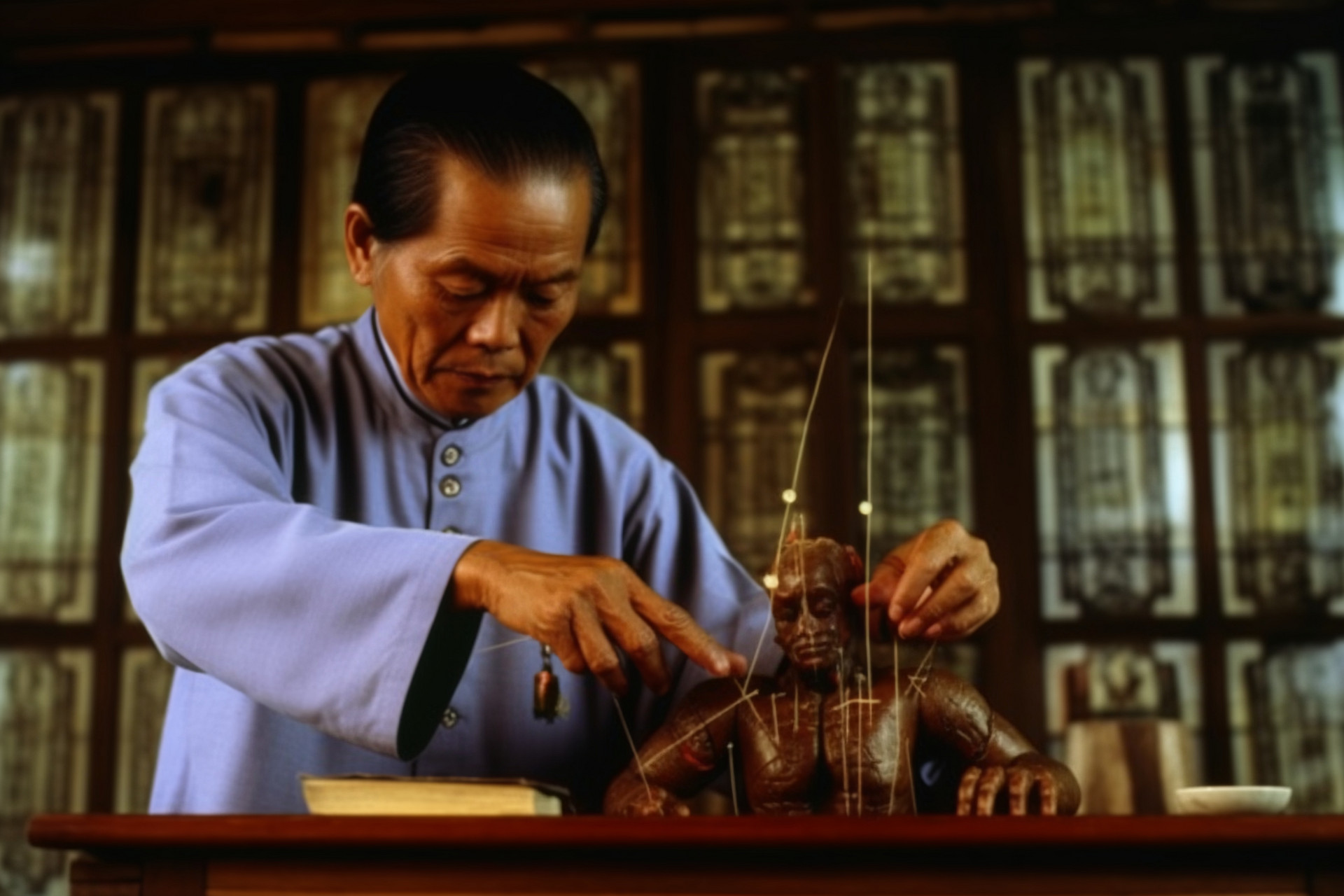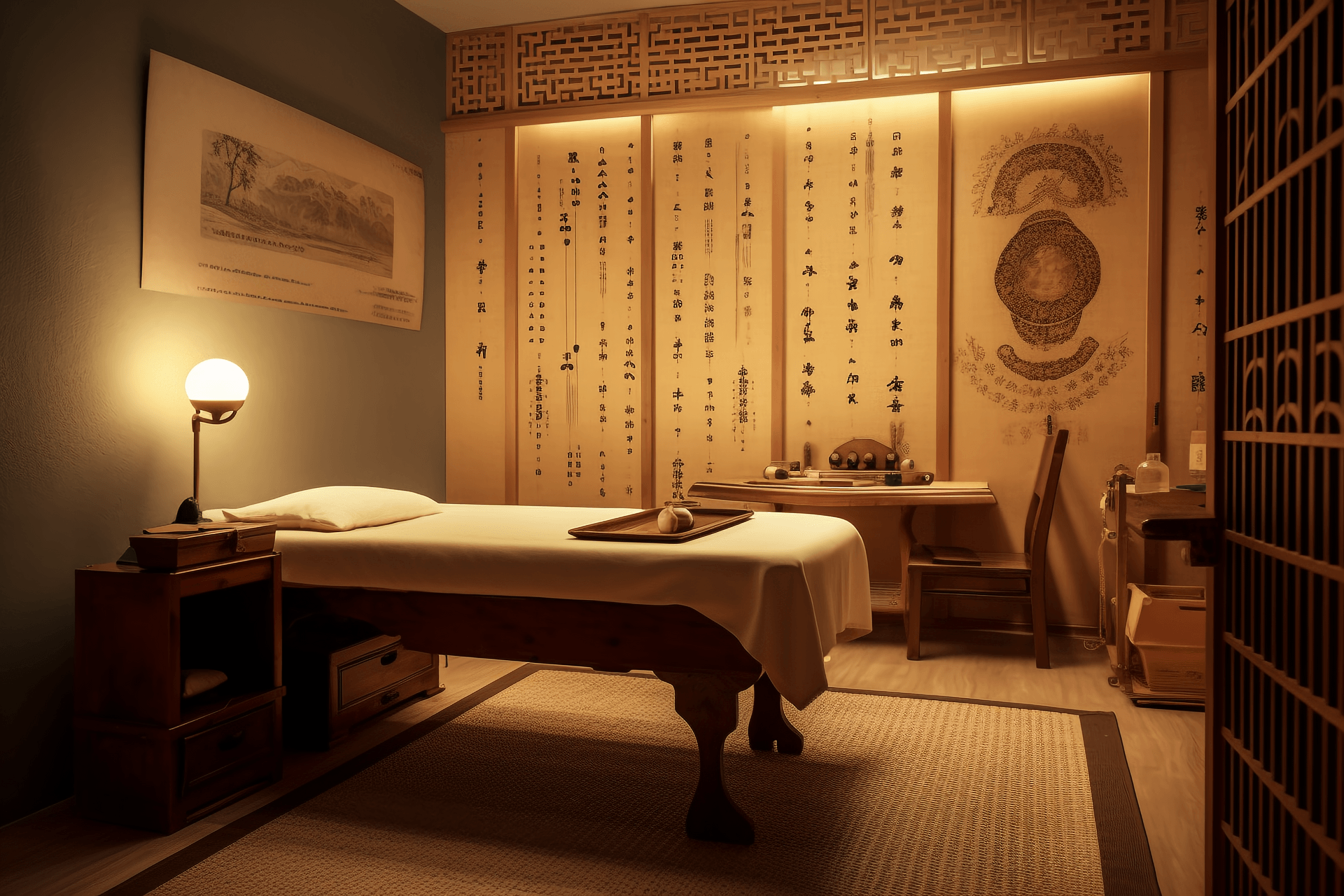The materials used in moxibustion therapy were initially likely to be ordinary tree branches or weeds used to burn and treat diseases. The book "Mencius·Lilou" records: "For seven years of illness, seek three years of mugwort." The "Lingshu·Jingshui" also states: "Its treatment uses needle and mugwort." From this, it can be seen that the use of mugwort burning for treatment was already quite common at least over two thousand years ago.
Mugwort Leaf: The leaf of the perennial shrubby herbaceous plant mugwort in the Asteraceae family. It has a soft texture, a clear fragrance, and a bitter taste. It naturally grows in the mountains and is found throughout China. Mugwort from Hebei is called Beimugwort, while that from Siming, Zhejiang is called Haimugwort. In ancient times, mugwort from Qizhou, Hubei was considered the best and was called Qimugwort. Mugwort grows stems in the spring, with the stems erect, reaching a height of 60 to 120 cm. The lower leaves of the stem wither when flowering, while the middle leaves are triangular or elliptical with short stalks. They are deeply lobed, with elliptical or lanceolate lobes with irregular serrations on the edges. The surface is dark green, sparsely covered with white soft hairs, and the back is grayish-green, densely covered with gray-white hairs. The leaves near the top of the stem are fully green, without stalks, and sometimes have unlobed elliptical, lanceolate, or linear shapes. Leaves with a gray-white back, abundant hairs, and strong fragrance are considered the best.
Preparation of Mugwort Leaf
The best time to harvest mugwort leaves is from March to May of the lunar calendar, when the leaves are in full bloom. During this season, the mugwort leaves are lush and tender, with fewer fibers. When harvesting, fresh and tender mugwort leaves are picked or cut with branches and placed in the sun to dry. They are then placed in a stone mortar and pounded or crushed with a wooden pestle, sieving out the stems and mud. This process is repeated several times, until the mugwort becomes a light yellow, clean, and soft fluff.
Mugwort leaves contain more fiber and less water, as well as many combustible organic substances, making them an ideal material for moxibustion therapy.


Common Mugwort Fluff High-Quality Mugwort Fluff











